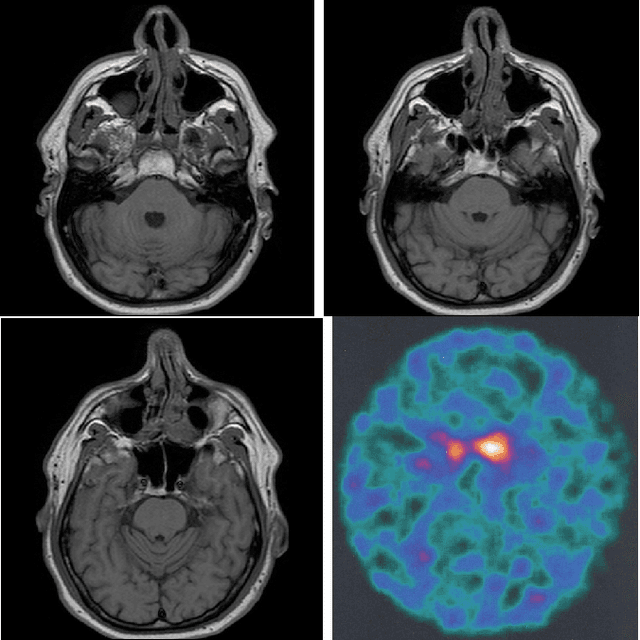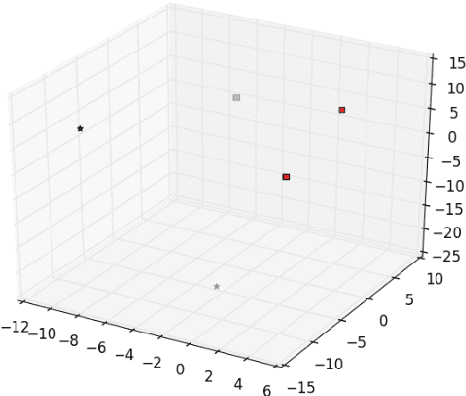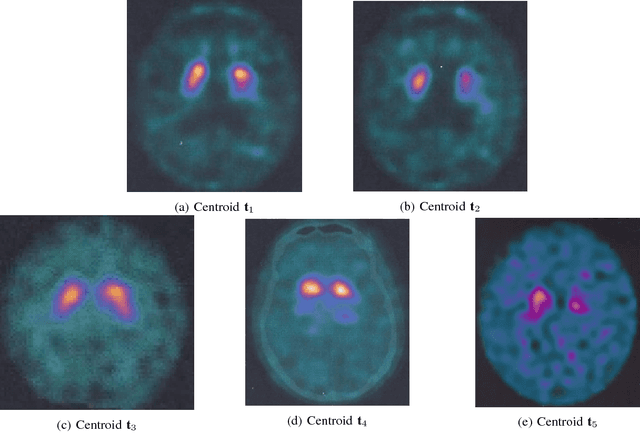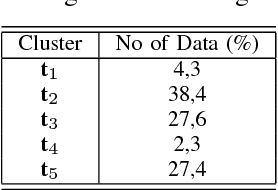Ilianna Kollia
AI-enabled Efficient and Safe Food Supply Chain
May 01, 2021



Abstract:This paper provides a review of an emerging field in the food processing sector, referring to efficient and safe food supply chains, from farm to fork, as enabled by Artificial Intelligence (AI). Recent advances in machine and deep learning are used for effective food production, energy management and food labeling. Appropriate deep neural architectures are adopted and used for this purpose, including Fully Convolutional Networks, Long Short-Term Memories and Recurrent Neural Networks, Auto-Encoders and Attention mechanisms, Latent Variable extraction and clustering, as well as Domain Adaptation. Three experimental studies are presented, illustrating the ability of these AI methodologies to produce state-of-the-art performance in the whole food supply chain. In particular, these concern: (i) predicting plant growth and tomato yield in greenhouses, thus matching food production to market needs and reducing food waste or food unavailability; (ii) optimizing energy consumption across large networks of food retail refrigeration systems, through optimal selection of systems that can get shut-down and through prediction of the respective food de-freezing times, during peaks of power demand load; (iii) optical recognition and verification of food consumption expiry date in automatic inspection of retail packaged food, thus ensuring safety of food and people's health.
A Unified Deep Learning Approach for Prediction of Parkinson's Disease
Nov 25, 2019



Abstract:The paper presents a novel approach, based on deep learning, for diagnosis of Parkinson's disease through medical imaging. The approach includes analysis and use of the knowledge extracted by Deep Convolutional and Recurrent Neural Networks (DNNs) when trained with medical images, such as Magnetic Resonance Images and DaTscans. Internal representations of the trained DNNs constitute the extracted knowledge which is used in a transfer learning and domain adaptation manner, so as to create a unified framework for prediction of Parkinson's across different medical environments. A large experimental study is presented illustrating the ability of the proposed approach to effectively predict Parkinson's, using different medical image sets from real environments.
Predicting Parkinson's Disease using Latent Information extracted from Deep Neural Networks
Jan 23, 2019



Abstract:This paper presents a new method for medical diagnosis of neurodegenerative diseases, such as Parkinson's, by extracting and using latent information from trained Deep convolutional, or convolutional-recurrent Neural Networks (DNNs). In particular, our approach adopts a combination of transfer learning, k-means clustering and k-Nearest Neighbour classification of deep neural network learned representations to provide enriched prediction of the disease based on MRI and/or DaT Scan data. A new loss function is introduced and used in the training of the DNNs, so as to perform adaptation of the generated learned representations between data from different medical environments. Results are presented using a recently published database of Parkinson's related information, which was generated and evaluated in a hospital environment.
Optimizing SPARQL Query Answering over OWL Ontologies
Feb 04, 2014



Abstract:The SPARQL query language is currently being extended by the World Wide Web Consortium (W3C) with so-called entailment regimes. An entailment regime defines how queries are evaluated under more expressive semantics than SPARQLs standard simple entailment, which is based on subgraph matching. The queries are very expressive since variables can occur within complex concepts and can also bind to concept or role names. In this paper, we describe a sound and complete algorithm for the OWL Direct Semantics entailment regime. We further propose several novel optimizations such as strategies for determining a good query execution order, query rewriting techniques, and show how specialized OWL reasoning tasks and the concept and role hierarchy can be used to reduce the query execution time. For determining a good execution order, we propose a cost-based model, where the costs are based on information about the instances of concepts and roles that are extracted from a model abstraction built by an OWL reasoner. We present two ordering strategies: a static and a dynamic one. For the dynamic case, we improve the performance by exploiting an individual clustering approach that allows for computing the cost functions based on one individual sample from a cluster. We provide a prototypical implementation and evaluate the efficiency of the proposed optimizations. Our experimental study shows that the static ordering usually outperforms the dynamic one when accurate statistics are available. This changes, however, when the statistics are less accurate, e.g., due to nondeterministic reasoning decisions. For queries that go beyond conjunctive instance queries we observe an improvement of up to three orders of magnitude due to the proposed optimizations.
 Add to Chrome
Add to Chrome Add to Firefox
Add to Firefox Add to Edge
Add to Edge